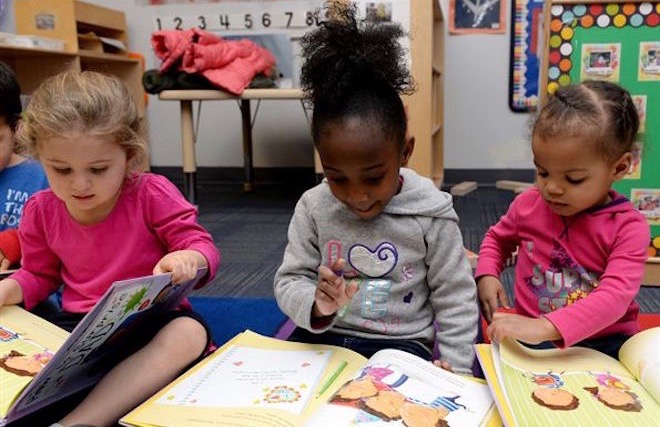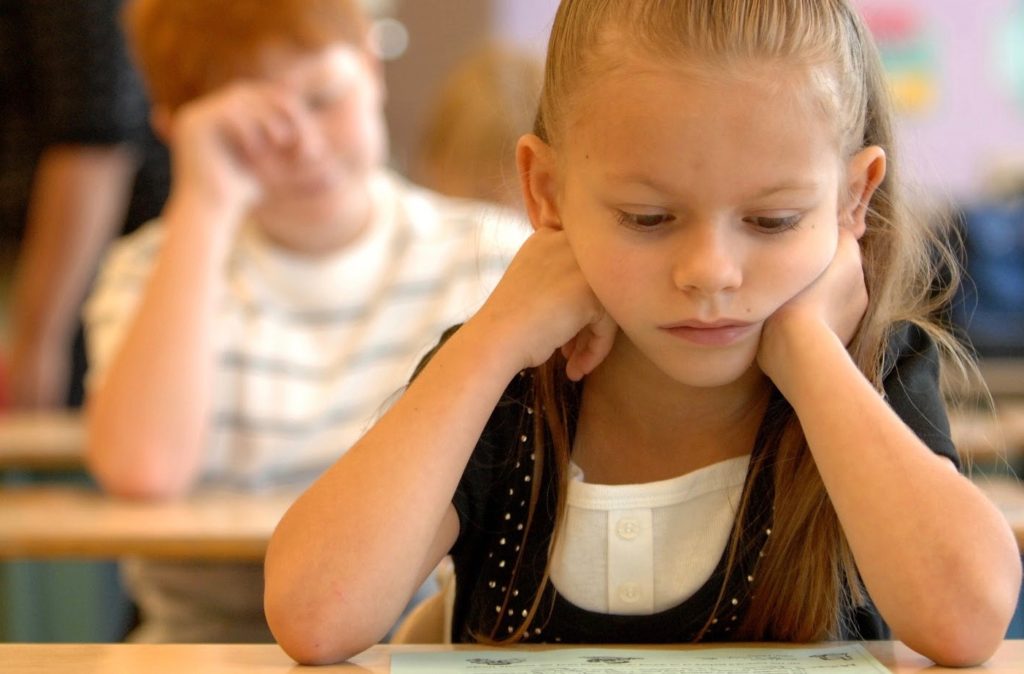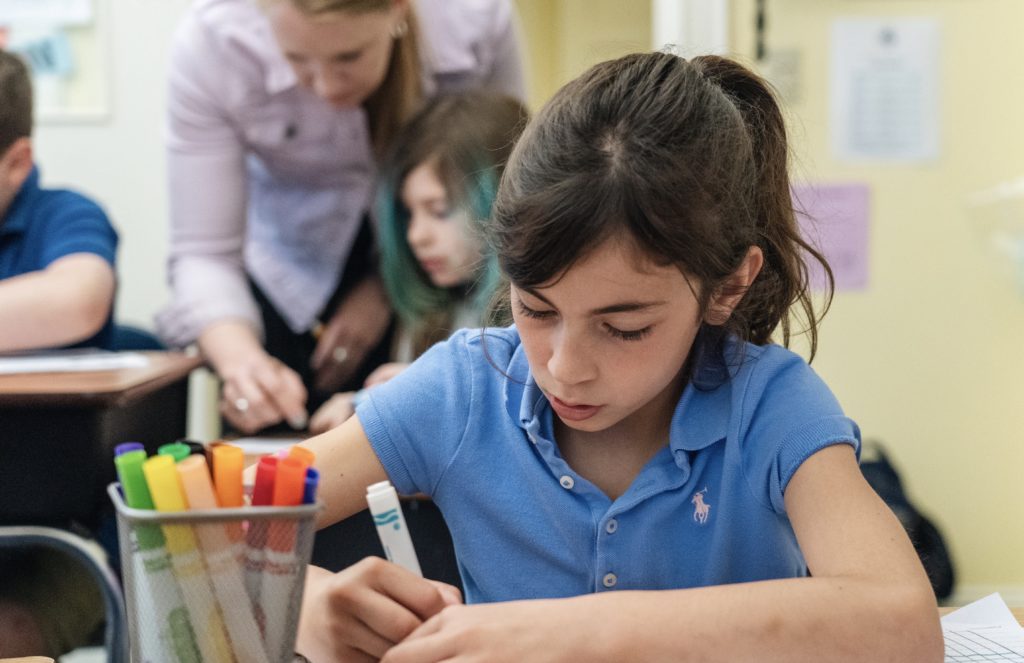What is Self-Awareness?
The first main skill associated with Social Emotional Learning is self-awareness. According to the Collaborative for Academic, Social, and Emotional Learning (CASEL), self-awareness is the ability to accurately recognize one’s own emotions, thoughts, and values, and how they influence behavior. It is the ability to accurately assess one’s strengths and limitations, with a well-grounded sense of confidence, optimism, and a “growth mindset.” In short, self-awareness is the ability to understand one’s self.
What Skills are Associated with Self-Awareness?
In order to be self-aware, one must be able to do the following:
- Identify emotions – It is important that students be able to recognize and identify emotions. In order to be aware of their own emotions and participate in activities that address those emotions, they must first be able to label them.
- Have an accurate self-perception – Because self-awareness is based on an awareness of the “self,” it is necessary for one’s perception of self to match reality. In order to have accurate self-awareness, it is important for students to be reflective and open to feedback in order to develop a true sense of self. A realistic understanding of themselves will allow students to better manage their behavior.
- Recognize strengths – We each have unique strengths, and it is vital that we each recognize and build on them. An important piece of social emotional health is a focus on positive attributes.
- Possess self-confidence – When students are able to recognize their strengths, their self-confidence grows. Again, self-confidence is an integral piece of a healthy social emotional state.
- Demonstrate self-efficacy – Self-efficacy is an individual’s belief in their ability to achieve a goal. Recent research suggests that by believing you are capable of something, you help yourself on the path to achieving it.
When to Teach Self-Awareness
Psychologist Daniel Goleman suggests that self-awareness is crucial for all levels of success. Therefore, this should be the leading skill in Social Emotional Learning. Before even beginning implementation with students, it is also important to ensure that the adults working with these students have an accurate self-perception of themselves so as to better build these skills with students. When implementation begins with our own self-awareness, we can begin to help students recognize breakdowns in their social emotional skills. This strategy allows educators to better match relevant skill-building activities and strategies with student’s current abilities.
How Does This Connect to Landmark’s Teaching Principles™?
By encouraging students to develop an awareness of themselves, educators include the students in the learning process, which is Landmark’s sixth Teaching Principle™. This self-awareness allows for teachers and students to engage in dialogue about student strengths and areas for improvement, as well as plans for instruction and implementation of strategies. In order for students to improve their self-awareness, it is crucial that they are included in that process. For the full text of Landmark Teaching Principles™, including “Include Student in the Learning Process,” click here.
References
Berman, Louise. (2016). Social Emotional Learning. Retrieved from: http://www.wa-schoolcounselor.org/Files/Bermanwsca2016%20elementarycounselors.pdf CASEL. (2017).
Core SEL Competencies. Retrieved from: http://www.casel.org/core-competencies/
Dweck, Carol. (2010). Mindset. Retrieved from: https://mindsetonline.com/whatisit/about/index.html
George, Bill. (2015). Know Thyself: How to Develop Self-Awareness. Psychology Today. Retrieved from: https://www.psychologytoday.com/blog/what-is-your-true-north/201509/know-thyself-how-develop-selfawareness
Kagan, Spencer. Kagan Structures for Emotional Intelligence. San Clemente, CA: Kagan Publishing. Kagan Online Magazine, Fall 2001. Retrieved from: https://www.kaganonline.com/free_articles/dr_spencer_kagan/278/Kagan-Structures-for-Emotional-Intell igence
Kuypers, Leah. (2017). The Zones of Regulation. Retrieved from: http://www.zonesofregulation.com/index.html
Shapiro, Lawrence E. (2004). 101 Ways to Teach Children Social Skills. Retrieved from: http://www.socialskillscentral.com/free/101_Ways_Teach_Children_Social_Skills.pdf



